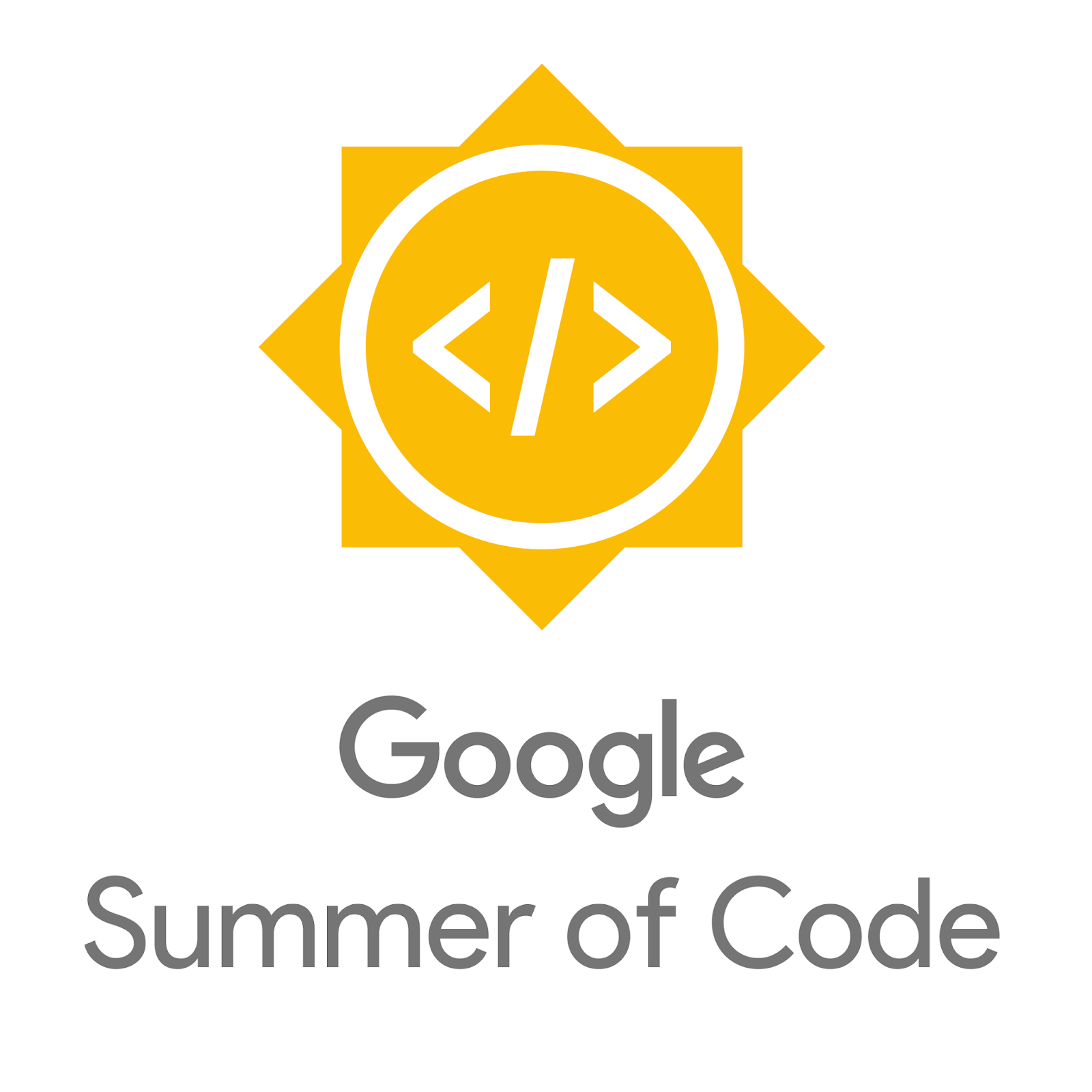
We all know that open source software has changed the fundamental nature of the software industry and that Google generously adds fuel to this culture of openness and community through Google Summer of Code. What few people realize is that there is another major industry that is ripe for an open source overhaul—the silicon industry. And, this summer, a Google Summer of Code student helped open the floodgates.
If you search social media for “open source silicon,” you’ll find a few dozen names that pop up with some frequency. These folks are fanatically driving forward with open source circuit models and software for creating them. You’ll also find people clambering to jump aboard the RISC-V bandwagon. RISC-V, like x86, MIPS, and others before it, is a CPU “instruction set architecture,” and the mere fact that it is free of proprietary licenses has inspired countless open source implementations and an industry shake-up that has ARM quaking in its boots.
While this open source silicon community is a hotbed of enthusiasm, it is several decades behind the world of open source software. In this post, I’ll reveal the three reasons this movement has, thus far, not been able to take off like open source software, and I’ll explain why these three obstacles are all coming to a very sudden and dramatic end, that will unleash a tidal wave, catching the silicon industry by surprise. And you’ll see that Google Summer of Code, this year, played a pivotal role.

What’s Standing in the Way
So, why is coding and sharing circuit models any different from sharing software? Three reasons:
- Implementation Details: There’s more to worry about with hardware than software. Correct functionality is far from the only concern. Particular care must be given to physical implementation. And this detail must be modified for specific silicon technology and design constraints. As a result, leveraging open source logic can involve a substantial amount of rework.
- Access to software: While compilers for software tend to be open source, electronic design automation (EDA) tools for compiling hardware are traditionally proprietary and prohibitively expensive.
- Access to hardware: Unlike software, circuit models must be turned into silicon to be useful. Fabricating custom silicon is out of the question for a hobbyist, but field-programmable gate arrays (FPGAs) provide a more realistic option. These are chips that can be quickly reconfigured, or “programmed,” to implement any logic function. While FPGAs are within reach, they still cost money, and they are delivered by postal service, not a web browser. And, worst of all, it could take weeks to get an FPGA platform up and running and communicating with the open source logic.
Breaking Down the Barriers
Let’s look at what the open source community is doing to help:- Implementation Details: There is a trend toward designing more abstractly, and leaving the details to tools. Open source tools can now compile C++ into silicon (with caveats). And several open source hardware description languages leverage modern software language innovations that make it easier to rework implementation details. The open source community has shown a greater willingness than industry to explore and adopt these languages. Though hardware remains fundamentally different from software, their differences are becoming less prominent.
- Access to software: Open source EDA software has marked some significant achievements in the past several years. Circuit designs have been implemented on FPGAs using 100% free and open source EDA tools. (Google Summer of Code has helped to fund a few open source EDA capabilities in projects under the Free and Open Source Silicon Foundation.) The US government has recognized the opportunity and is providing significant fuel to the fire through the Posh Open Source Hardware initiative. Being restricted to open source software can still be a bit limiting, but it is no longer prohibitive.
- Access to hardware: Hmmm. This is still a problem.
My personal contributions to this open source silicon movement stem from my startup, Redwood EDA. We directly target problem
#1 by providing tools that support advanced (yet simpler) circuit modeling techniques. And, to address
#2, we make all of
our software freely available online for open source development. But neither open source EDA nor the efforts of my startup had been able to noticeably impact problem
#3, access to hardware.
This is where bigger forces have stepped in. In the past few years, cloud providers have begun incorporating FPGAs into their datacenters. These are available to anyone with an internet connection and a credit card, bundled with industry-class EDA software, on a pay-per-use basis. Wow! This is the solution to hardware access! An open source developer can provide not only their hardware model but also the platform for which their model was designed. A user can download and go, just like they can with software! …in theory.
So here’s the rub. The learning curve for cloud FPGA platforms has been way too high for the open source community to latch on.
Our Project
With a bit of help from Politecnico di Milano’s NECST Lab and ThroughPuter Inc., I was able to get a project off the ground, and it attracted some attention for this year’s Google Summer of Code. I was happy to see an application from Ákos Hadnagy who had done some
other ground-breaking work with me in the last Summer of Code, and he was accepted into the program. Together, this summer, we built infrastructure, automated flows, and wrote documentation (or more to the point, eliminated documentation), and now, instead of a month to ramp up, it is now possible to develop for this platform in a matter of minutes!
We dubbed
our framework “1st CLaaS,” where we have coined the term “CLaaS” for custom logic as a service. Very simply, 1st CLaaS wraps a developer’s custom FPGA logic as a microservice. Standard web protocols can be used to stream bits to and from this logic, and platform details are hidden by the framework.

Implications and Wrap-up
So there is no longer anything standing in the way! Hobbyists can build and share hardware, and open source silicon can thrive. Just imagine the disruption this will have on the industry, which is currently driven by corporate giants. And with easy web integration, the opportunity and demand for hardware acceleration should rise, and we could start to see some interesting new capabilities on the web that were not imaginable until now.
Google certainly didn’t have this specific industry transformation in mind when starting Google Summer of Code, but I suspect the whole point of the program was to inspire and enable the unexpected. And it did!
If you’d like to contribute to
1st CLaaS or collaborate on some of the world’s first FPGA-accelerated web applications, we’d be more than happy to have you involved. I look forward to next year's applications.
By Steve Hoover, Redwood EDA, Google Summer of Code mentor